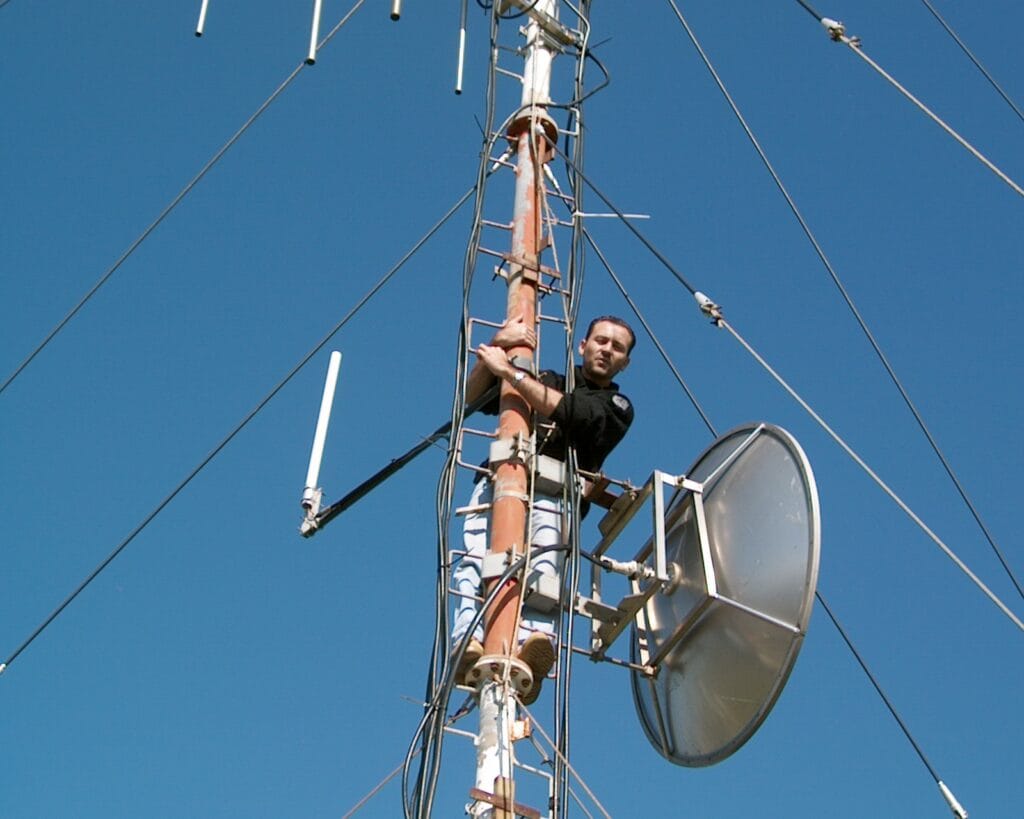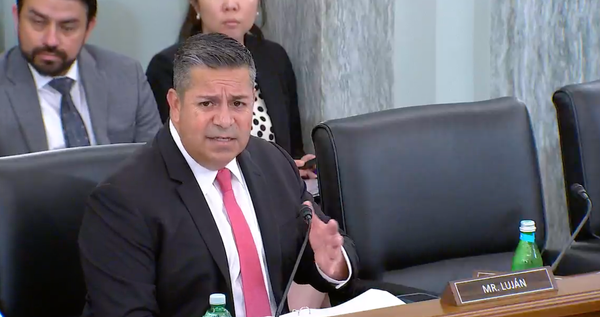NTIA Listening Session Hears Wireless Versus Fiber, Electromagnetic Health Concerns
Callers claimed they are ‘electromagnetic field refugees.’

WASHINGTON, February 28, 2022 – Wireless and fiber advocates clashed during the National Telecommunications and Information Administration’s listening session on Wednesday.
The public listening session was the fifth such event since December 15, where the NTIA sought comments from the public regarding issues related to broadband grant programs established by the Infrastructure, Investment and Jobs Act.
Advocates for fixed wireless and fiber technology argued why their technologies should be prioritized in the upcoming opportunities for funding.
Most of the callers were advocates for fiber, with arguments in favor of the technology listing improved throughput and greater scalability over wireless technology.
Lauren Long, who was representing consulting firm Value Concepts Inc., was an advocate for fixed-wireless technology, which provides home internet via wireless signals. She pointed to a statistic published by the Pew Research Center that lower income families are disproportionately reliant on cell phones to access broadband. She also addressed how this contributed to the homework gap and negatively impact students.
“The [Broadband Equity, Access and Deployment Program] grant addresses the need for broadband Internet access; however, it needs to address the need for cellular coverage as well,” Long said. “This means that while yes, providing broadband internet is crucial in order to fully acknowledge the limiting factors of the digital divide, we need to take into consideration all of the technology devices that one should have access to including cell phones.
“I strongly urge you to consider investing this funding to the construction installation of cell towers so that we can proactively put an end to the digital divide,” she added.
Health claims
Other callers on Wednesday, however, were focused on alleged health risks from towers near residential areas. These people, who identified as “electromagnetically sensitive” or “electromagnetic field refugees,” argued that wireless technology is harmful to nature – killings birds, insects, and even harming and killing people.
These callers argued that fiber is the only safe technology for EMF sensitive people, and that accommodations and allowances need to be made for them so that they can enjoy the benefits of broadband and more fully participate in society.
Electromagnetic hypersensitivity is not recognized as medical diagnosis by the international medical community. And although the symptoms associated with it are real, there is no scientific evidence linking the symptoms to the exposure of electromagnetic fields.









